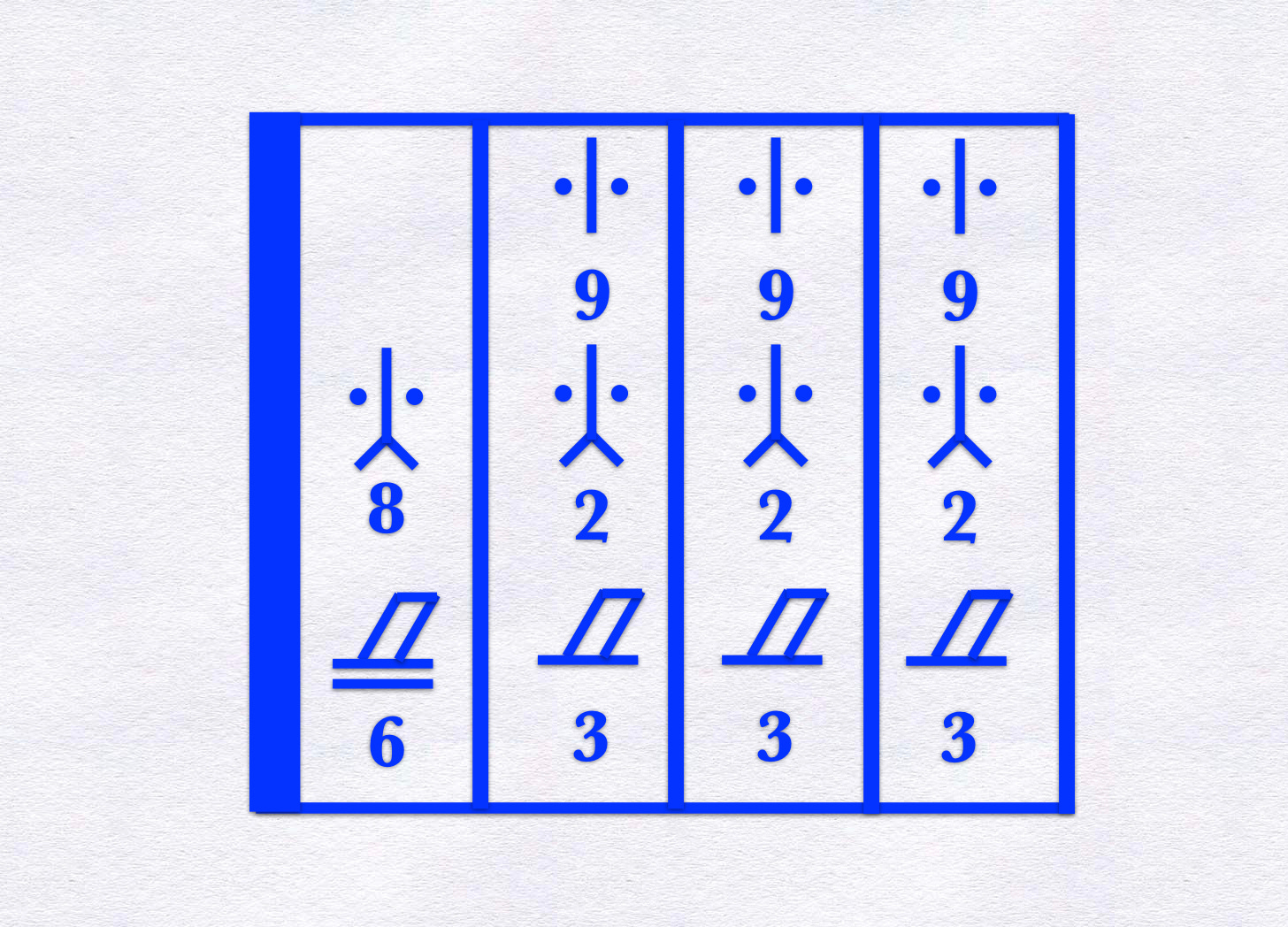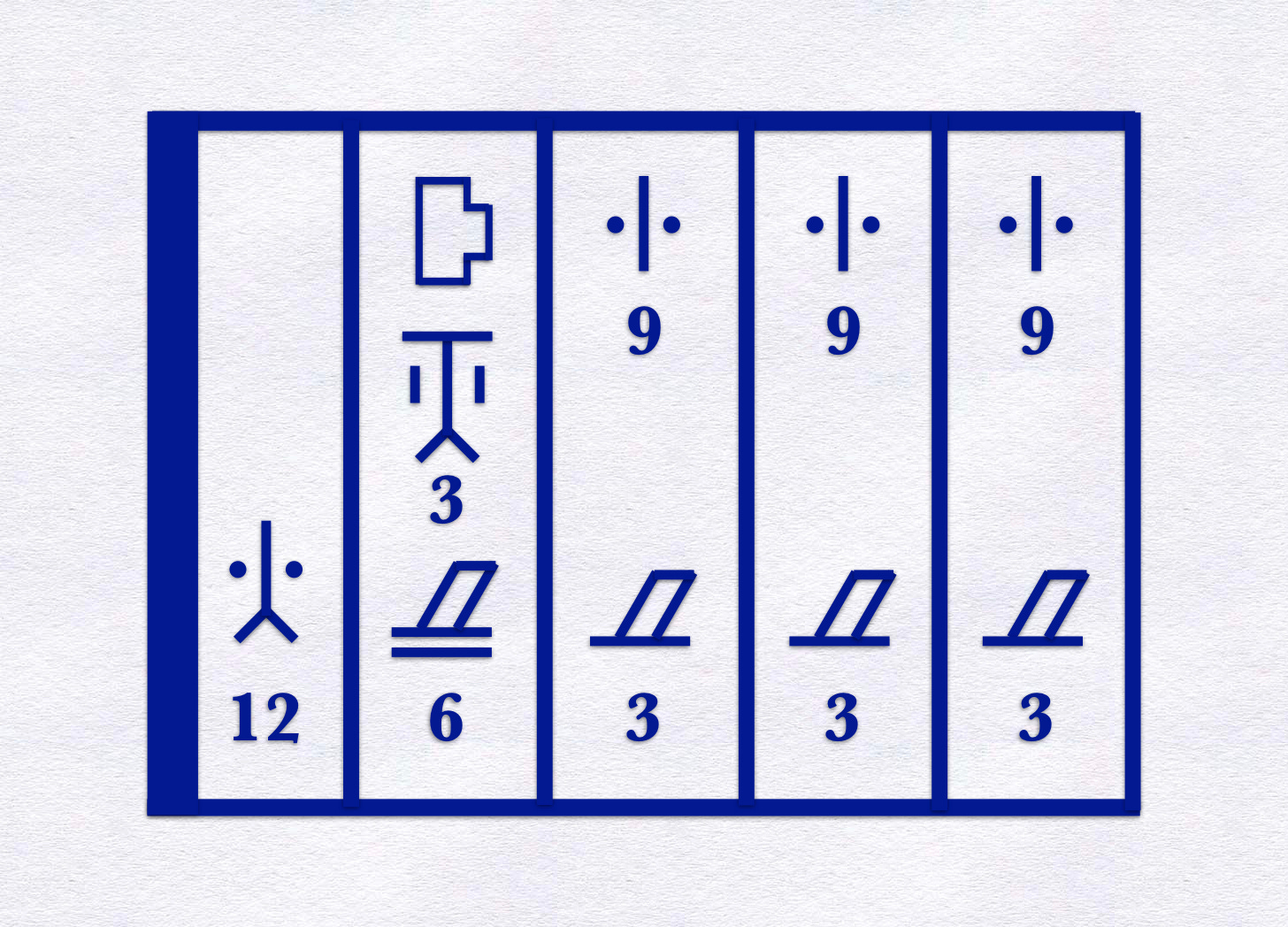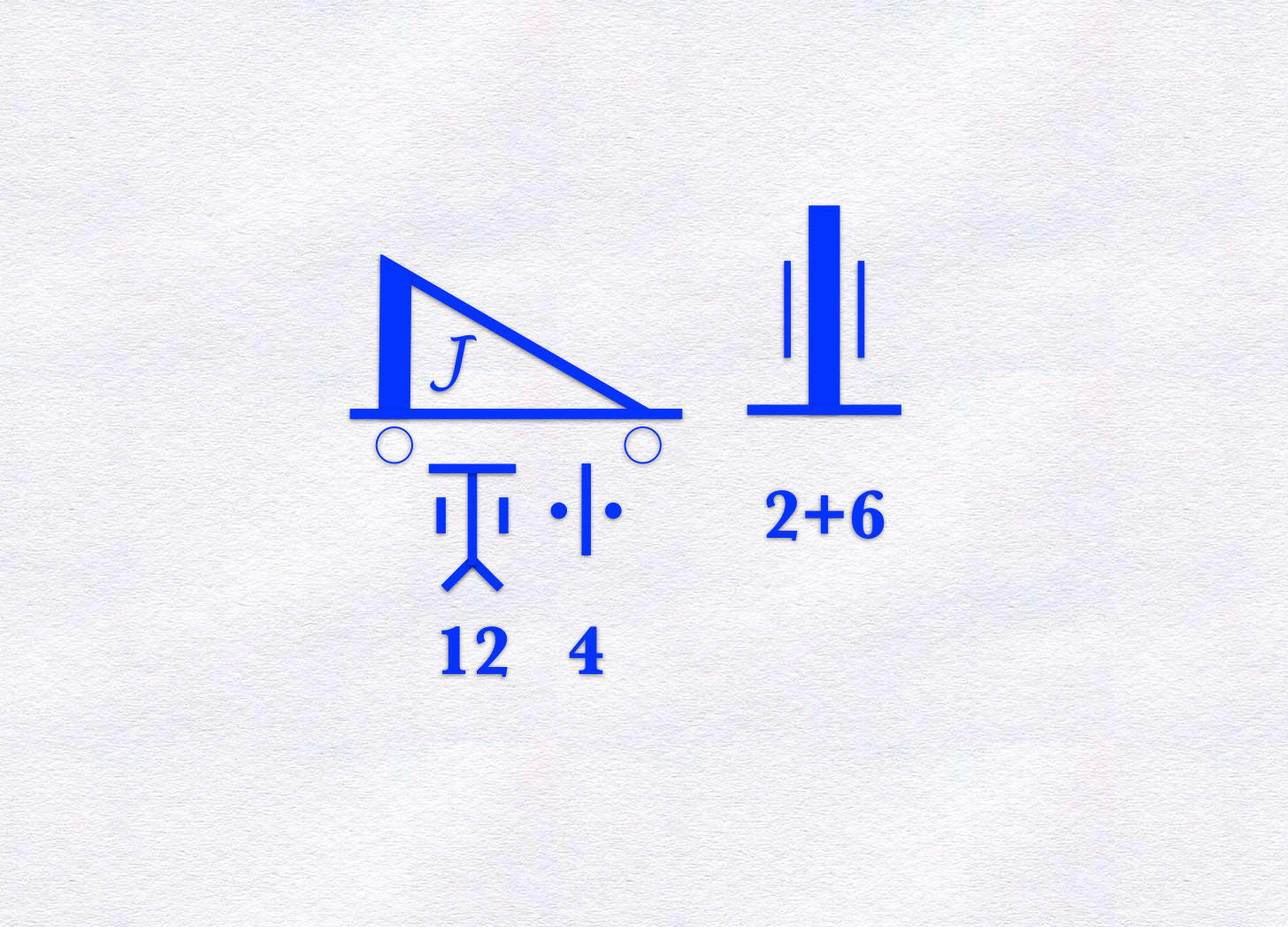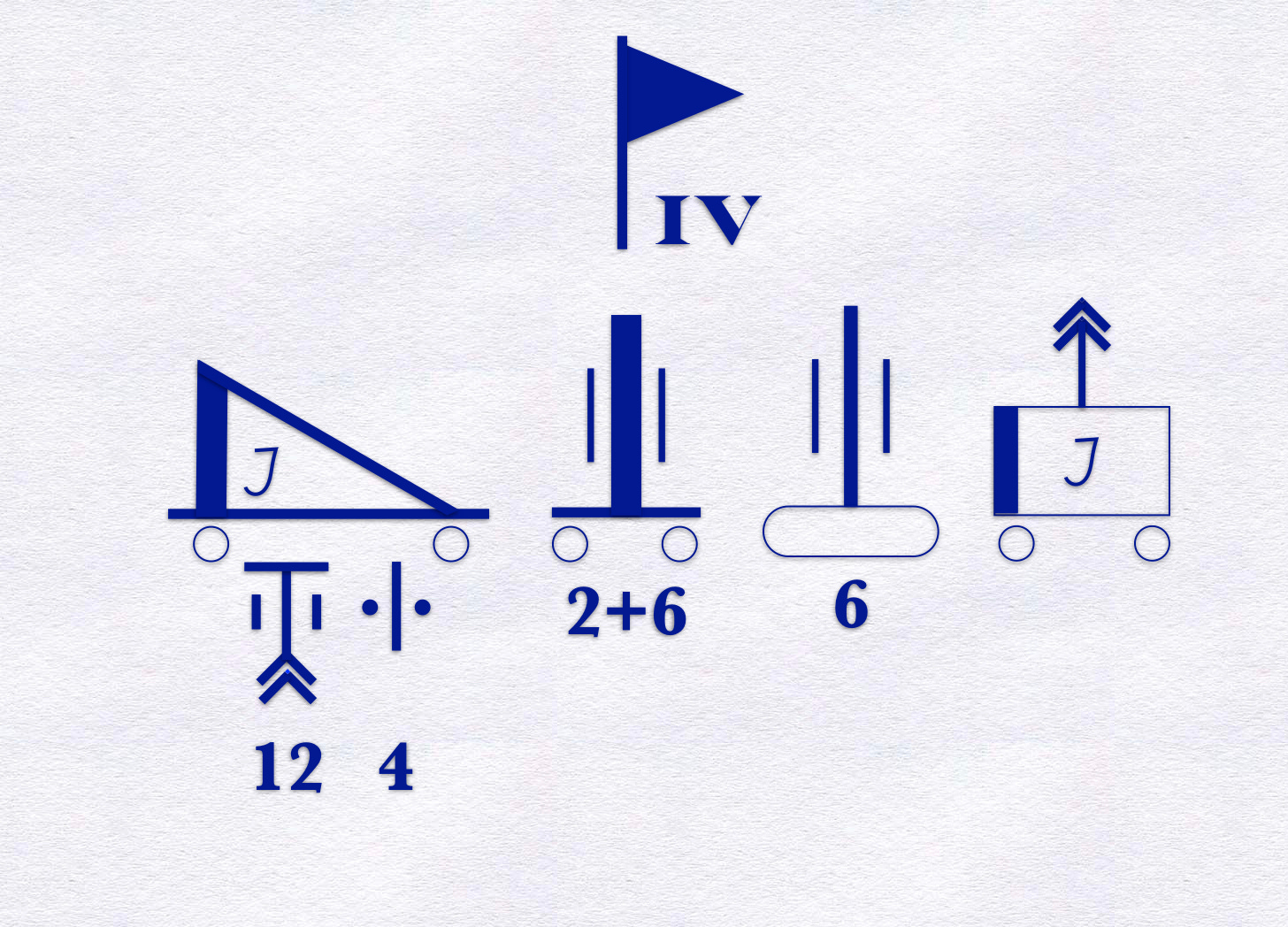From time to time, The Tactical Notebook will refurbish, refresh, and republish an article that made its debut in the early days of the blog. This is one such article.
After the fall of France, many, if not most, people in senior positions in the German government believed that the war which had begun in September of 1939 was about to end. More specifically, they believed that the British Empire would make peace with the Axis powers, that the United States would remain neutral, and that the Soviet Union would continue to act in accordance with the Molotov-Ribbentrop Pact. In keeping with this belief, the leadership of the German Army began to make plans for demobilization, a process that would include the systematic design of units and formations for a peacetime army.
In January of 1941, Colonel General Friedrich Fromm, Chief of Army Armaments and Commander of the Replacement Army, presented his design for the German peacetime army to Colonel General Franz Halder, then serving as chief of the General Staff of the Army. On the whole, General Halder endorsed the recommendations of General Fromm. There were, however, some minor points of disagreement.
The Infantry Battalion
The two generals agreed that the type of infantry battalion that had fought in Poland, the Low Countries, and France should be replaced by a larger unit made up of companies that were, at once, slightly smaller in size and somewhat simpler in structure. In order to do this, the machine gun company of the wartime battalion would divide into two companies, a machine gun company armed exclusively with tripod-mounted machine guns and a heavy company that employed both mortars and 37mm anti-tank guns.
Having been relieved of their heavy machine guns, the peacetime rifle companies would be able to focus on the task of fighting at close quarters. Likewise, the peacetime machine gun company would employ but one type of weapon. (General Halder described the heavy machine gun as the Schwerpunktwaffe of the battalion commander, the weapon he employed to concentrate fighting power in order to achieve decisive effects.)
The heavy company would serve more as a home for autonomous platoons than as a unit in its own right. Thus, its commander might reasonably expect that his six mortars might be employed in one place and his three 37mm anti-tank guns in another. (Fully aware that the 37mm anti-tank gun could no longer fulfill its original function of knocking out state-of-the-art tanks, Halder imagined it as a means of combatting “living targets.”)
In addition to its mortar platoon and anti-tank gun platoon, the heavy company would possess a communications platoon. Inspired, perhaps, by the communications platoons of wartime mountain infantry battalions, this platoon would provide the peacetime infantry battalion with the radio sets, field telephone systems, and blinker lights that wartime infantry battalions had been obliged to borrow from higher echelons.
Like its predecessor, the peacetime infantry battalion imagined by Fromm and Halder would carry its heavy weapons in horse-drawn vehicles. Most of these wagons would be pulled by one or two horses. However, one of the three four-gun platoons of the machine gun company, which Halder described as “flying artillery” for the battalion, was to ride into battle in four-horse carts.
Regimental Heavy Weapons
In his design for the infantry regiment of the peacetime army of (what he thought might be) the near future, General Fromm also proposed the addition of three independent companies: a motorized machine gun company, an assault gun company, and an infantry pioneer company. At the same time, he argued for the motorization of the existing infantry gun company and the proposed infantry pioneer company. (From imagined that, while capable of a wide variety of simple engineering tasks, the infantry pioneer company would specialize in the laying and clearing of mine fields.)
General Halder modified this design by eliminating the motorized machine gun company and gathering all of the remaining companies into a battalion. Thus, the “three-battalion plus” regiment would become a four-battalion unit, thereby liberating the regimental commander from the need to supervise independent companies.
Halder’s objection to Fromm’s proposal for a regimental motorized machine gun company stemmed from his belief that heavy machine units should work closely with rifle companies. While a battalion machine gun company was in a good position to do this, a regimental machine gun company would either arrive too early on the battlefield to do this, or show up when it was no longer needed.
Both Fromm and Halder imagined that units of the peacetime army would replace many of the horse-drawn wagons of their wartime predecessors with off-road motor vehicles of various sorts. However, Halder reminded his colleague that providing such vehicles to a peacetime army would be much easier than acquiring a sufficient number of all-terrain cars and trucks for the forces that Germany might mobilize in the future. As a result, he proposed the creation of two sets of establishments for infantry regiments of the near future, one of which presumed the presence of suitable motor vehicles and one of which replaced some of the cars and trucks with various combinations of horse drawn vehicles and bicycles.
Regimental Reconnaissance Units
During the first year of the Second World Wars, the officers commanding German infantry regiments possessed a reconnaissance platoon. In the more fortunate of these regiments (those of the first or second mobilization "waves”), the scouts of these units were mounted on horseback. In most infantry regiments, however, the men of the regimental reconnaissance platoons rode bicycles.
In the 1941 design for a peacetime army, General Fromm and General Halder imagined a small regimental reconnaissance company in which the men of one platoon would make use of horses while those of the other platoon would depend upon bicycles.
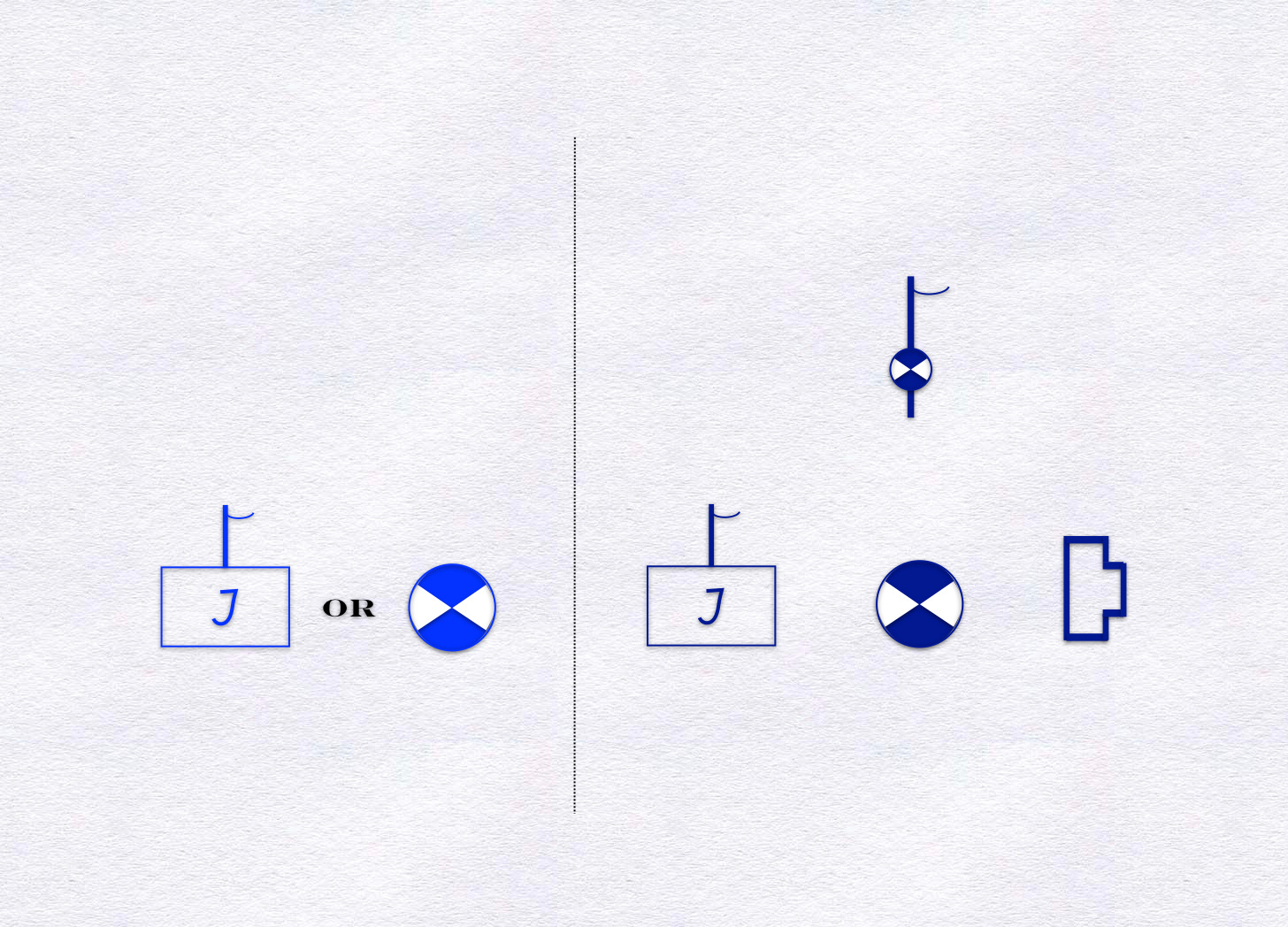
In addition to providing for the administrative, disciplinary, and logistical needs of its two organic platoons, the regimental reconnaissance company would also provide those services to the regimental communications platoon. Where the allotment of missions was concerned, the leader of the regimental communications platoon would report directly to the officer commanding the regiment.
For administrative purposes, the regimental reconnaissance company was to be attached to the fourth (heavy weapons) battalion of the infantry regiment. However, where operational matters were concerned, the officer commanding the company would receive his instructions directly from the regimental commander.
Source: Chef des Generalstabs des Heeres, Org. Abt. (III) Nr. 153/41 geheim Kommandosache, dated 4 February 1941, with appendices, preserved on US NARA microfilm series T-78, Roll 871, frames 283-293 (The link will take you to a PDF copy of these documents hosted at the Military Learning Library.)
For Further Reading:
To Share, Subscribe, or Support:





